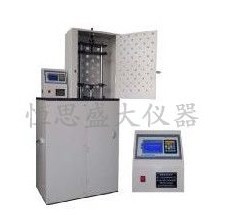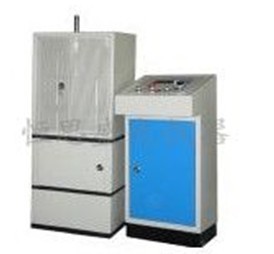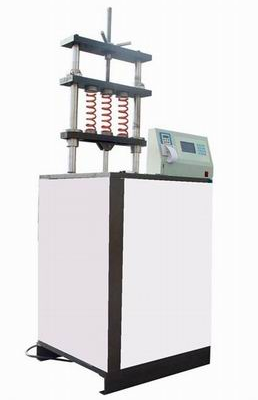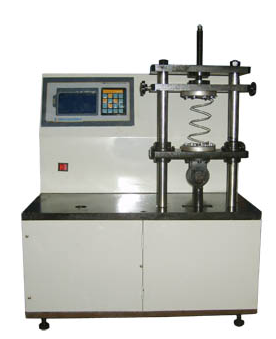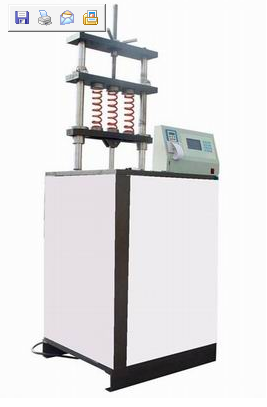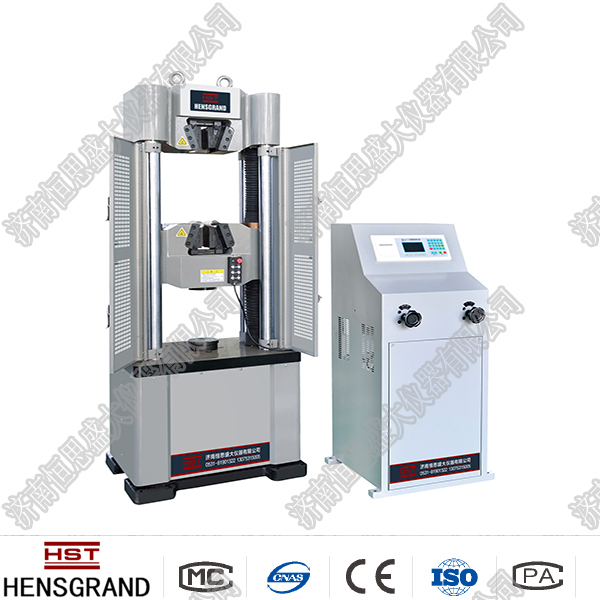News
Electronic tensile testing machine
Release time:2022-11-30 source:Jinan Hengsi Shanda Instrument Co., Ltd. Browse:
Tensile testing machine is also known as universal material testing machine. The universal testing machine is a mechanical after-force test machine used for mechanical properties such as static loading, tensile, compression, bending, shearing, tearing, peeling, etc. for various materials. It is suitable for various physical and mechanical properties testing of plastic sheets, pipes, special profiles, plastic films, rubber, wires, cables, steel, glass fiber and other materials. It is an indispensable testing equipment for physical properties testing, teaching research, quality control, etc. As an important part of the instrument, different materials require different fixtures, which is also an important factor in whether the test can be carried out smoothly and the accuracy of the test results.
Meet the standard "GB/T16491-1996 Electronic Universal Testing Machine".
Measurement principle:
1. The measurement of the force value of the tensile tester is completed through the force sensor, an expander and a data processing system. From data mechanics, under the premise of small deformation, the strain ε at a certain point of an elastic element is proportional to the force exerted by the elastic element, and is also proportional to the change of elasticity. Taking the S-type tester sensor as an example, when the sensor is subjected to the effect of tension P, because a strain gauge is pasted on the surface of the elastic element, since the strain of the elastic element is proportional to the size of the external force P, the strain gauge is connected to the measuring circuit, and its output voltage can be measured and then the size of the force is measured.
2. The deformation measurement is measured by deformation measurement installation. It is used to measure the deformation of the sample during the experiment. There are two chucks on the installation, which are connected to the photoelectric encoder installed on the top of the measurement installation via a series of biographical thought structures. When the interval between the two chucks changes, the axis of the photoelectric encoder is twisted, and the photoelectric encoder will have a pulse signal output. Then the disposer deals with this signal and the deformation of the sample can be obtained.
3. The principle of measuring the displacement of the beam is roughly the same as that of the deformation measurement. It is measured by measuring the output pulse number of the photoelectric encoder to obtain the displacement of the beam.


















